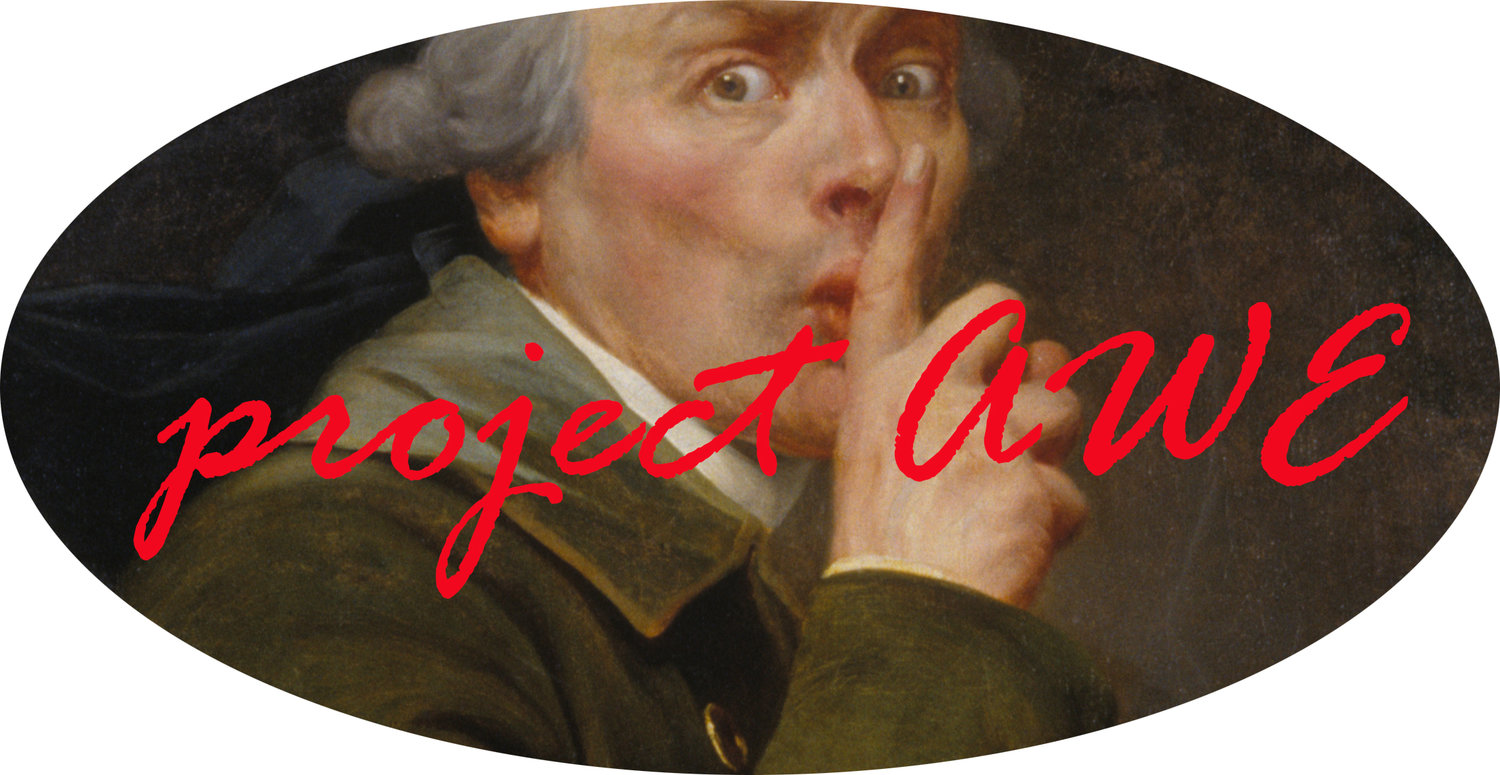Note from the editor:
Sometimes fascinating events in history are lost to us forever, but other times, they just await to be discovered, unearthed by the right person. Such was the case with L'Ordre de l'Union de la Joye (Women's Order of Joy), the secret order run exclusively by women in 17th century Netherlands. It was to her great surprise, when Ineke Huysman, a Dutch researcher specializing in 17th-century Netherlands manuscripts, discovered important documents misplaced between the papers of Amalia von Solms, the wife of stadholder Frederick Henry. These documents revealed the existence of forgotten Women's Order of Joy. They had been wrongly archived long ago, an easy mistake to make, confusing the Amélie who was mentioned by first name only in the document with the stadholder’s wife (instead of correct Amélie van Brederode, The Grandmistress of the Order of Joy). Thus a new chapter in the history of secret societies and women studies was added. Ineke is presenting her research at the up-coming World Conference on Research in Ritual, Secrecy, and Civil Society in Paris at the Bibliothèque Nationale de France. It is with great anticipation that project AWE introduces a small glimpse into what promises to be a large subject to be explored. Many questions are to be pursued, but the one we’d like to raise for our readers is: was this a pseudo-society or was it instead coded with its true meaning unavailable to the outsider? If so – what was the code of joy?
INEKE HUYSMAN
Anna Trajectina van Brederode (1629-1672), assistant to Grandmistress, Gerard van Honthorst 1650/1656: Instituut Collectie Nederland C278
The Order of the Society of Joy (l’Ordre de l’Union de la Joye) was a society, founded in 1652 in The Hague, in the Dutch Republic, and ruled by grandmaitresse Amélie van Brederode, Countess of Slavata, whereas her youngest sister Anna Trajectina was her stand-in, or co-adjutrice. The two ladies were daughters of Wolfert van Brederode, fieldmarshal and first nobleman of Holland. This aristocratic society was inspired by the French salons of the era and the Brussels' salon of Béatrix de Cusance, Duchess of Lorraine.
The Order of Joy, which consisted of chevalières as members, had its own regulations, medals, ceremonies and diplomas. For instance, at the ceremony of admission, the candidates had to prove that they could laugh, dance, make fun and hop like a sparrow. The regulations of this Order, consisting of eleven articles, emphasize dance, music and joy as their main preoccupations, rather than literary activities. It seems as if in the rules of this Order the normal world order was reversed: women were in charge and it was strictly forbidden to be serious. For example, when one of the rules had been disobeyed, one had to sit on a chair next to an open door in order to catch a cold.
The divertissements of this Society give us a new and unexpected insight in the rituals and the social life of the West-European elite in the middle of the 17th century.
First page of the regulations of the Order of the Society of Joy, Archive Amalia van Solms, 14 AXIII, 21, Royal Archives, The Hague, The Netherlands
Fragment of the regulations with signature from Amalie van Brederode, Archive Amalia van Solms, 14 AXIII, 21, Royal Archives, The Hague, The Netherlands
About Ineke Huysman:
Ineke Huysman is a Dutch researcher specializing in 17th-century Netherlands manuscripts, court- and elite-culture, (social-cultural) networks, relationships between the Franche-Comté and the Southern Netherlands, women in early modern history and digitization projects.






